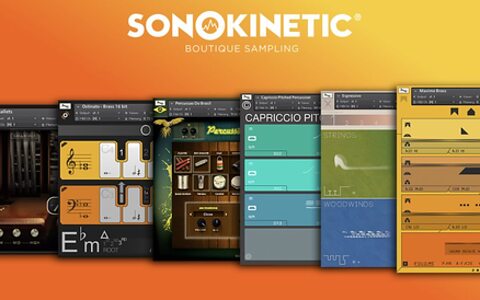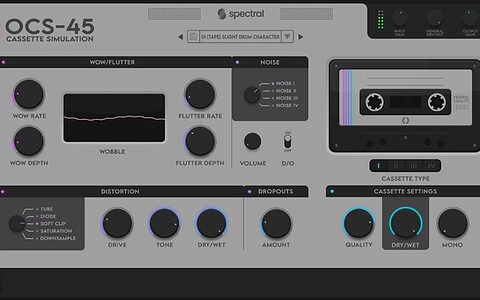
The Pro-Audio Show 22
The Pro-Audio Show 22 is a new UK show coordinated by the IPS (Institute of Professional Sound) and dedicated to professional audio equipment.

The Pro-Audio Show 22 is a new UK show coordinated by the IPS (Institute of Professional Sound) and dedicated to professional audio equipment.

A set of 16 original Neve 1057 microphone preamp and EQ modules originally installed in the first Neve 80 Series console have been put up for auction.

Sonokinetic are currently running a sale offering large discounts across their range of sample libraries and virtual instruments.

The LS-P5 recorder from OM System features an upgraded microphone system and Bluetooth remote control facilities.

Made entirely from multi-sampled synths, Synth AI promises "a modern fusion of cinematic synthesis."

Mercury from Spitfire Audio samples a collection of unique instruments built by Chas Smith, a builder whose creations have featured in the work of some of the world's top composers.

EastWest's summer sale offers discounts of up to 60% across their entire product range, and up to 45% off of ComposerCloud subscriptions.

Spectral Plugins have released OCS-45, a cassette tape simulation plug-in that offers a variety of lo-fi sounds and creative distortion effects.

Acustica Audio's latest Acqua plug-in models an ultra-rare passive equaliser built by Motown engineers in the 1960s.

DDMF have released Plugindoctor v2, making their useful plug-in analysis tool available as a plug-in as well as a standalone application.